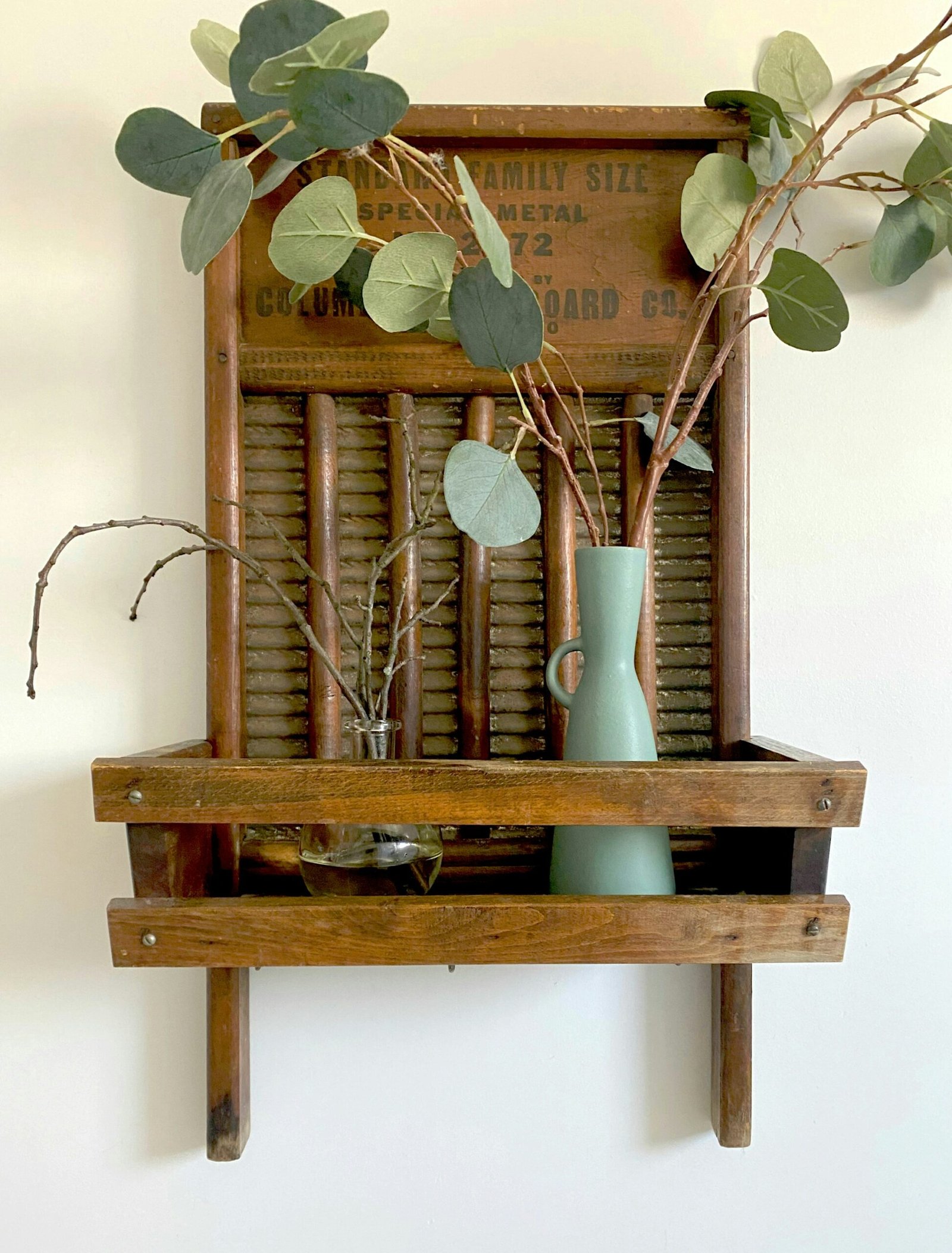Introduction to DIY Furniture Building
Building your own furniture can be an incredibly rewarding endeavor, offering numerous benefits ranging from cost savings to personalized design. One of the most compelling advantages is the potential for significant cost savings. By taking on the role of both designer and builder, you can often create high-quality pieces for a fraction of the cost of store-bought furniture. Furthermore, DIY furniture building allows for a high degree of customization, enabling you to tailor each piece to your specific needs and aesthetic preferences.
Beyond the financial and design benefits, there is an immense sense of accomplishment that comes from crafting something with your own hands. The satisfaction of seeing a project through from concept to completion can be deeply fulfilling and can foster a greater appreciation for the craftsmanship involved in furniture making.
Before embarking on any DIY furniture project, it is crucial to familiarize yourself with the key tools and materials you will need. Essential tools often include saws, drills, screwdrivers, and measuring tapes, while common materials might range from various types of wood to screws, nails, and finishing products like paint or varnish. Understanding the functions and proper usage of these tools can greatly impact the quality and safety of your work.
Safety cannot be overstated when it comes to DIY furniture building. Proper planning and adherence to safety guidelines are paramount. This includes wearing protective gear such as gloves and goggles, ensuring your workspace is well-organized and free of hazards, and thoroughly understanding the operation of all tools and equipment. Proper planning also involves drafting detailed plans and measurements before cutting or assembling any materials, which can help prevent costly mistakes and ensure a smoother building process.
With the right preparation and mindset, DIY furniture building can be a highly enjoyable and cost-effective way to furnish your home with unique, personalized pieces. So, gather your tools, plan your project, and get ready to transform raw materials into beautiful, functional furniture.
Planning and Designing Your Furniture
Planning and designing your own furniture is a crucial first step that sets the foundation for a successful project. Choosing the right type of furniture to build depends largely on your skill level and specific needs. For beginners, starting with simpler pieces such as stools, small tables, or shelves is advisable. As your skills advance, you can gradually take on more complex projects like chairs, cabinets, or even bed frames.
Once you have decided on the type of furniture to build, the next step involves measuring and sketching your design. Accurate measurements are essential to ensure that your furniture piece fits perfectly in its intended space. Use a tape measure to record the dimensions of the area where the furniture will be placed. Then, translate these measurements into a detailed sketch. This sketch should include all dimensions, angles, and any additional features you plan to incorporate.
Creating a detailed plan that includes dimensions and a materials list is paramount. This plan acts as a roadmap throughout the building process, helping you stay organized and focused. List all the materials you will need, including types of wood, screws, nails, glue, and finishes. Knowing exactly what you need in advance can save you time and prevent multiple trips to the hardware store.
Sourcing inspiration and design ideas is also an integral part of the planning process. Online resources such as Pinterest, furniture design websites, and DIY forums offer a wealth of ideas. Additionally, magazines dedicated to home decor and furniture can provide valuable insights. Don’t hesitate to examine existing furniture pieces to understand their construction and design elements.
It is essential to consider both the functionality and aesthetics of your furniture piece. Ensure that it serves the intended purpose while also complementing the overall decor of your space. A well-designed piece should be both practical and visually appealing, blending seamlessly with your existing furniture and room layout.
Gathering Materials and Tools
When embarking on the journey of building your own furniture, selecting and purchasing the right materials and tools is paramount to the success of your project. The first step is to choose the type of wood or other materials that best suit your specific needs.
Commonly used woods in furniture building include hardwoods like oak, maple, and walnut, known for their durability and attractive grain patterns, and softwoods like pine and cedar, which are lighter and easier to work with. For projects requiring a more budget-friendly option, plywood or medium-density fiberboard (MDF) can be considered, though they may not offer the same longevity or aesthetic appeal as solid wood.
To ensure high-quality materials, purchasing from reputable suppliers is crucial. Local hardware stores and lumber yards often provide the advantage of inspecting the wood in person, allowing you to check for defects such as warping or knots. Additionally, specialized online suppliers can offer a wider variety of wood types and sizes, often accompanied by detailed descriptions and customer reviews to guide your selection.
Equipping yourself with the right tools is equally essential. The basics include saws (such as a circular saw or handsaw) for cutting the wood to size, drills for creating holes and driving screws, sanders for smoothing surfaces, clamps for holding pieces together during assembly, and measuring tools like tape measures and squares to ensure accuracy. A checklist of essential tools might look like this:
- Saws (circular saw, handsaw)
- Drill and drill bits
- Orbital sander
- Clamps
- Measuring tape
- Combination square
Depending on the complexity of your project, optional tools such as a jigsaw for intricate cuts, a router for decorative edges, or a biscuit joiner for strong, invisible joints can greatly enhance the quality and ease of your work.
By carefully selecting your materials and equipping yourself with the necessary tools, you lay a strong foundation for crafting furniture that not only meets your functional needs but also stands as a testament to your craftsmanship.
Building and Finishing Your Furniture
Constructing your furniture piece begins with precise measurements and accurate cuts. Start by measuring each piece of wood according to your design plans, ensuring all dimensions are exact to avoid fitting issues later. Utilize a high-quality measuring tape and a carpenter’s square to achieve straight and accurate lines. Once measured, mark the wood with a pencil and proceed to cut using a saw appropriate for the wood type, whether it’s a circular saw, jigsaw, or handsaw.
After cutting all the necessary pieces, the next step is assembly. Begin by dry-fitting the parts together to ensure everything aligns correctly. This step is crucial as it allows you to make any adjustments before permanent fastening. Use joinery techniques suitable for the design and wood type. Common methods include screws, nails, or dowels. For a more seamless and sturdy construction, consider using dowels or wood glue, which can provide a cleaner appearance and stronger bond.
Securely fasten all parts together, checking for alignment and stability after each step. When using screws or nails, pre-drill holes to prevent the wood from splitting. If using wood glue, clamp the pieces together and allow adequate drying time as recommended by the manufacturer.
Once your furniture is fully assembled, focus on finishing. Begin by sanding all surfaces to smooth any rough edges and prepare the wood for staining or painting. Start with a coarser grit sandpaper and gradually move to finer grits for a smooth finish. After sanding, remove all dust with a tack cloth.
Next, apply your chosen finish. Staining can enhance the natural beauty of the wood, while paint can provide a more uniform look. Apply stains or paint in thin, even coats, allowing each coat to dry thoroughly before applying the next. For added protection, consider a top coat of polyurethane or varnish, which will protect the wood and prolong the life of your furniture.
During the building process, you may encounter common issues such as misaligned parts or gaps in joints. Troubleshoot these by re-measuring and adjusting as necessary, or using wood filler to fill gaps. Regularly check your work for stability and alignment to ensure a professional finish.



